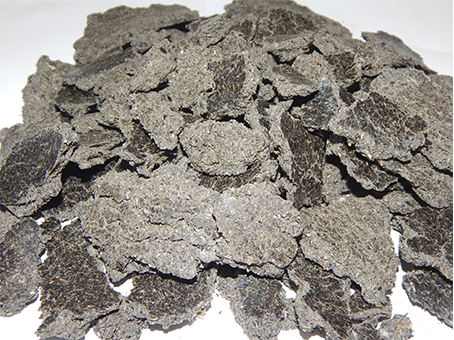 Today, the supply of meal as the main product of the processing of oilseed raw materials, along with vegetable oils to China, is impossible due to the lack of a mechanism for allowing Russian companies to enter the Chinese market. However, the supervisory authorities of Russia and China agree on a phytosanitary requirements protocol for the supply of meal and cake to China.
Today, the supply of meal as the main product of the processing of oilseed raw materials, along with vegetable oils to China, is impossible due to the lack of a mechanism for allowing Russian companies to enter the Chinese market. However, the supervisory authorities of Russia and China agree on a phytosanitary requirements protocol for the supply of meal and cake to China.
"The opening of the market for this type of product is one of the key conditions for increasing the export potential of the oil and fat sector, which the Export of Agricultural Products Federal Project provides. This step is of strategic importance for the industry", Andrei Slepnev, Director General of the Russian Export Center JSC, commented.
According to the forecasts of the All-Russian Union of Oils and Fats, Russia by 2024 will supply about 50% of all exported meal to China. At the end of last year, exports to China accounted for less than 10% of exports of oil and fat products (mainly vegetable oils). At the same time, the export of oil-bearing raw materials (sunflower, soybean and rapeseed) turned out to be a record one: about 54% were shipped to China. "The opening of the Chinese market of meal will allow Russian companies to fully implement the economic strategy, which is to increase the volume of exports of products with higher added value. The Chinese market will grow by leaps and bounds, and Russian business cannot miss this trend," the executive director of the All-Russian Union of Oils and Fats Mikhail Maltsev said.
According to forecasts of the OilWorld international analytical agency, the volume of imports of sunflower meal in China in the 2018-2019 season should grow almost 2.5 times and reach 400,000 tons. Records are expected for the import of soybean meal - up to 500,000 tons against 21,000 tons of the 2017-2018 season. The increase in meal imports is due to the high demand for feed for livestock and poultry, since China has been one of the main consumers of meat and meat products in the world for many years - 50.3 kg / person. with an average world indicator of 35 kg / person, according to the OECD for 2015-2017.
Source: agroobzor.ru.

